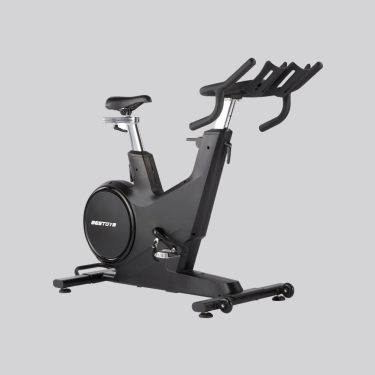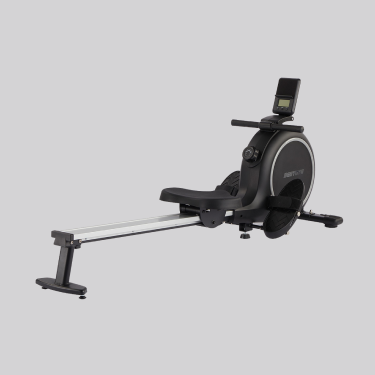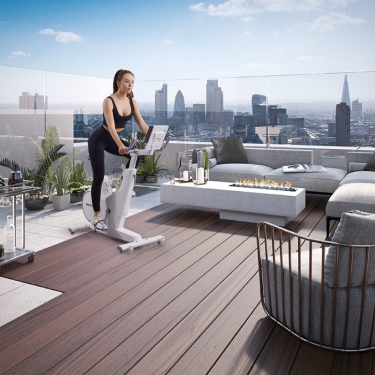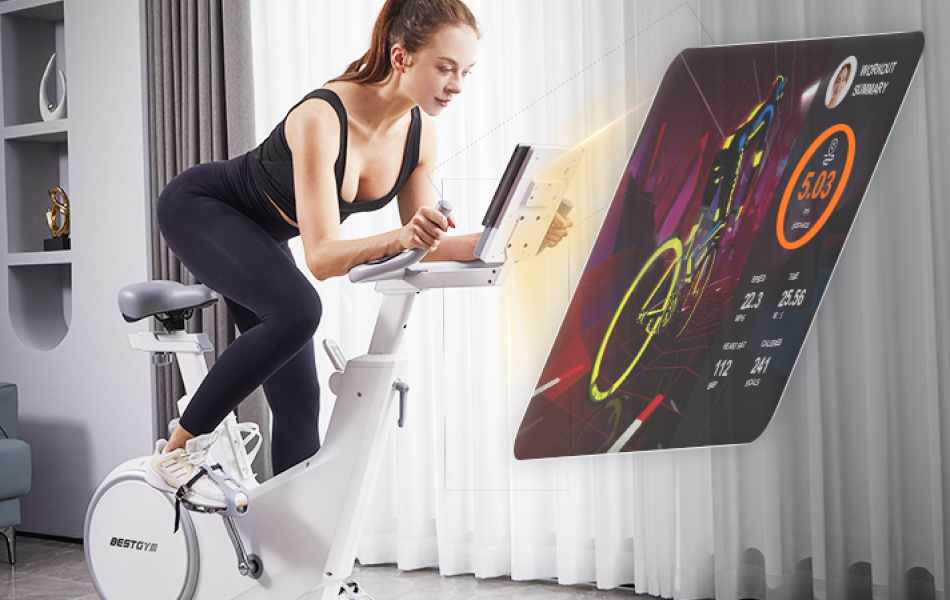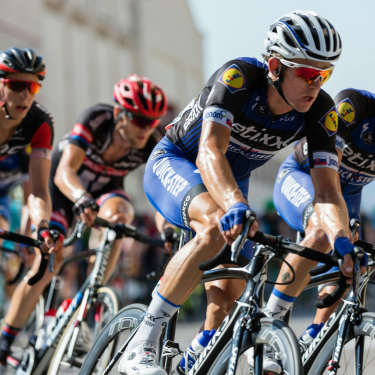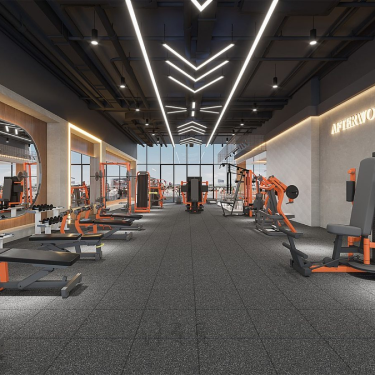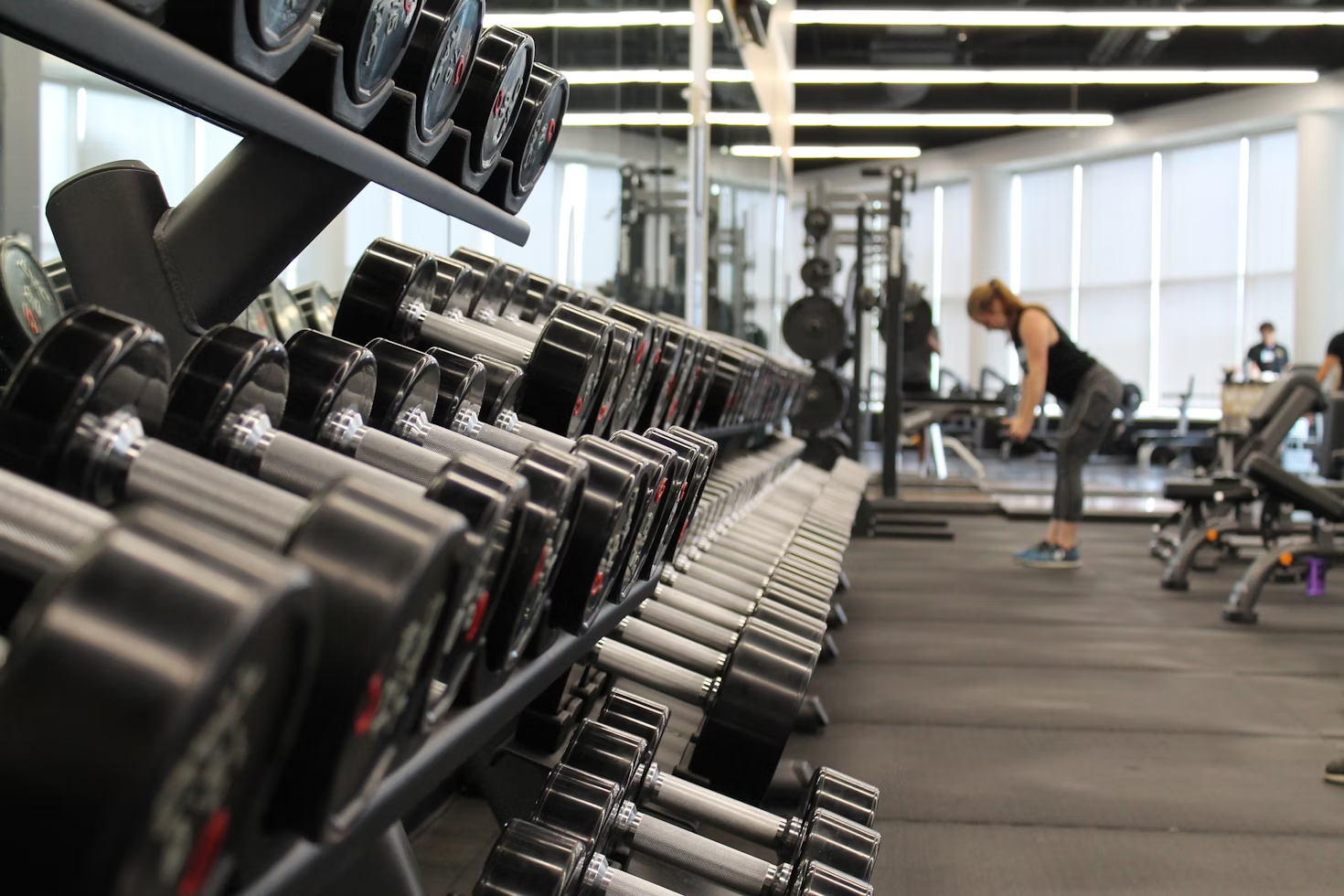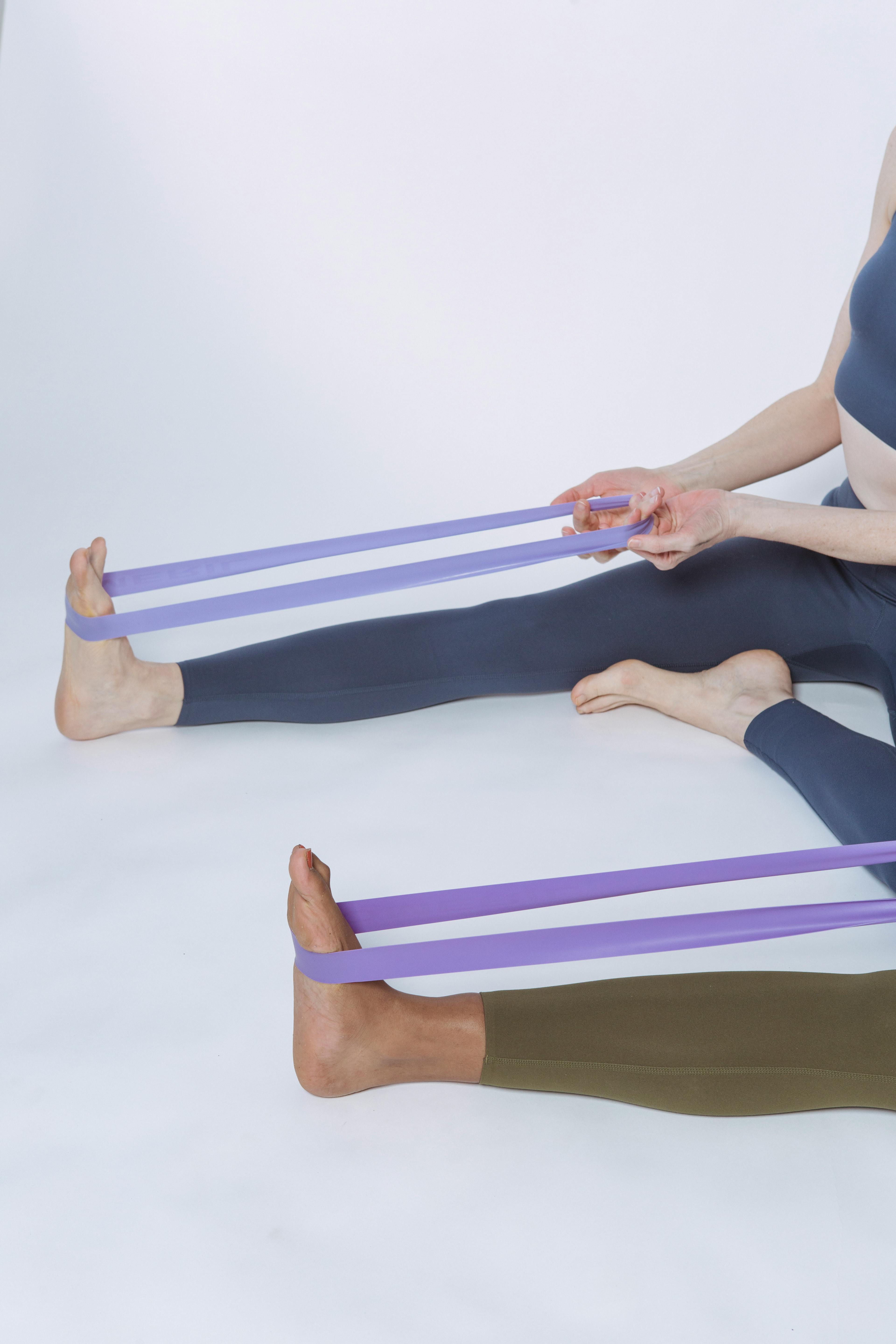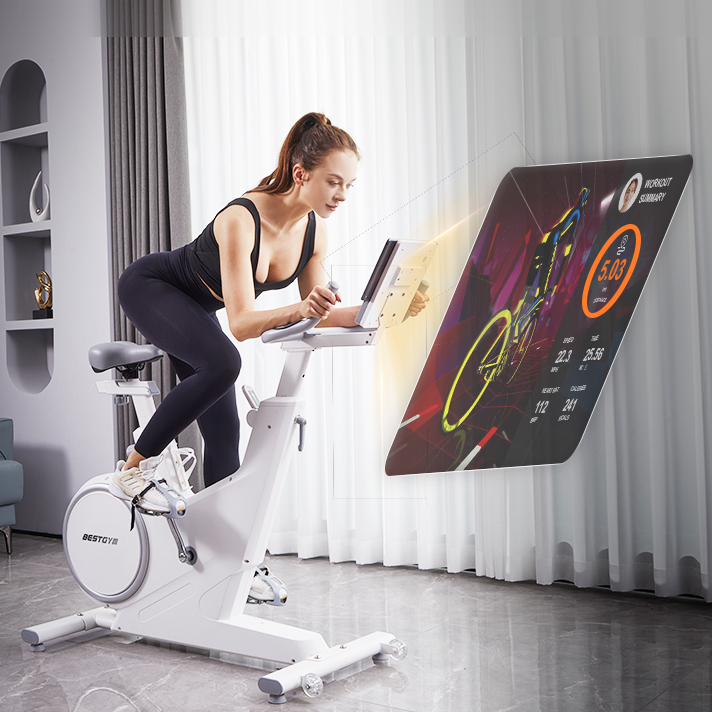6 Best Exercises to Boost Vein Health
Veins are vital to our circulatory system, ensuring blood flows back to the heart after oxygen and nutrients have been delivered to the body. Healthy veins are critical for preventing conditions such as varicose veins, spider veins, and deep vein thrombosis (DVT). Poor vein health can lead to discomfort, swelling, and even serious health complications.
Exercise is one of the most effective ways to maintain and improve vein health. By engaging in regular physical activity, you can promote better circulation, strengthen the muscles that support your veins, and reduce venous pressure. Below, we’ll explore six of the best exercises to boost vein health, how they work, and how you can incorporate them into your lifestyle.
1. Walking
Why It Helps:
- Walking is a low-impact exercise suitable for people of all fitness levels. It promotes the activation of the calf muscles, which act as a pump to help push blood from the legs back to the heart. Regular walking can reduce the risk of blood pooling in the veins, which often leads to varicose veins and other venous issues.
How to Do It:
- Start with a goal of 30 minutes of brisk walking each day.
- If you're unable to commit to a continuous session, break it into three 10-minute walks.
- Walk on a variety of surfaces, such as sidewalks, trails, or treadmills, to engage different muscle groups.
Additional Tips:
- Use supportive walking shoes with good arch support to minimize strain on your feet and legs.
- Gradually increase your walking speed and distance as your endurance improves.
- Incorporate walking into daily routines, such as parking farther from entrances or opting for stairs instead of elevators.
Who Should Try It:
- Walking is ideal for individuals with sedentary lifestyles or those recovering from injuries who need a gentle way to get moving.
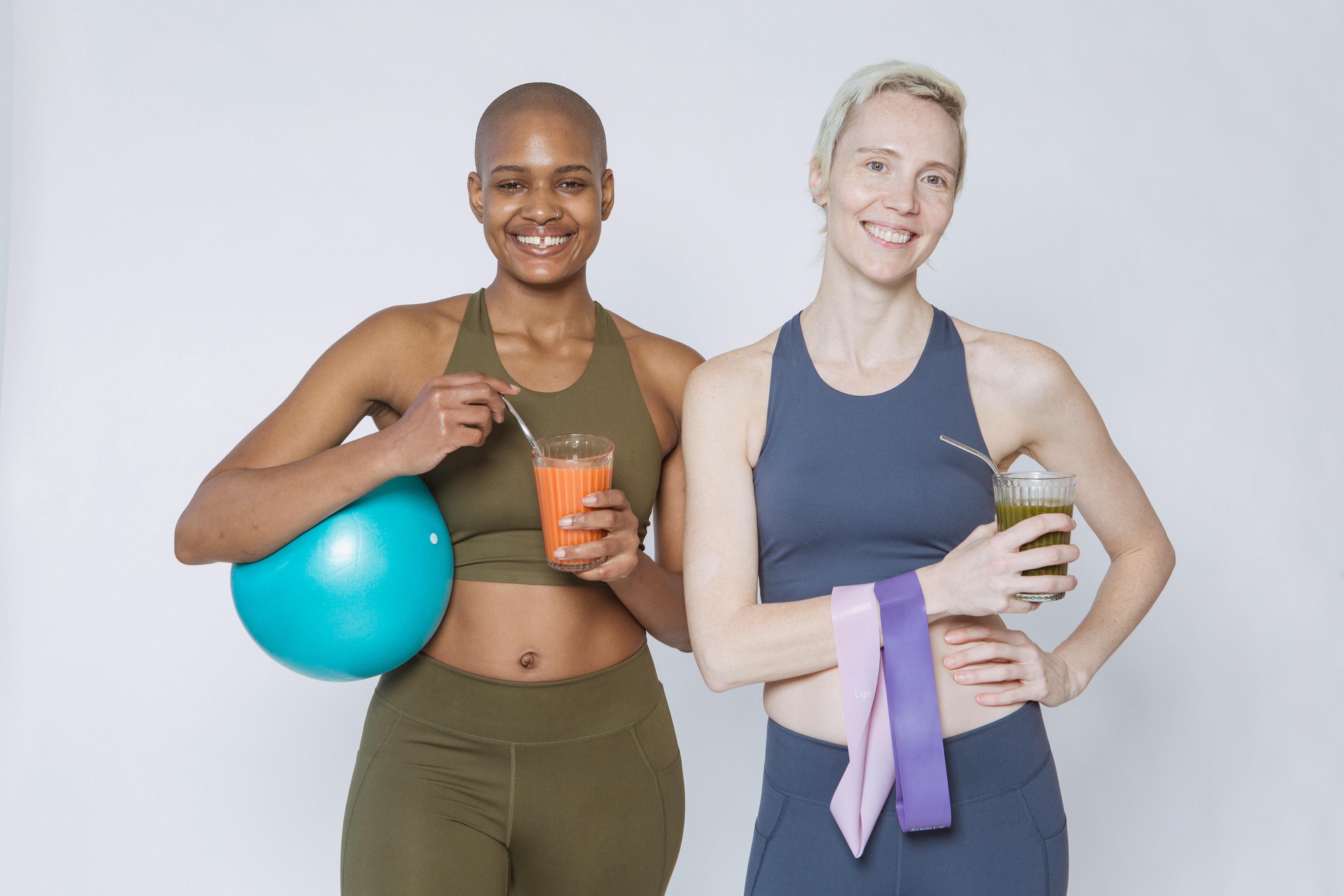
2. Leg Lifts
Why It Helps:
- Leg lifts target the muscles in your thighs and calves, enhancing blood flow and reducing the risk of blood pooling in the lower extremities. This exercise is particularly beneficial for people who spend long hours sitting or standing.
How to Do It:
- Lie flat on your back on a mat or soft surface.
- Keep one leg straight and slowly lift it until it forms a 45-degree angle with your body.
- Hold the position for 5-10 seconds, then slowly lower the leg.
- Alternate legs and perform 10-15 repetitions per side.
Variations:
- Add ankle weights to increase resistance and muscle engagement.
- Perform leg lifts seated in a chair for a modified version that’s easier on the back.
- Try side leg lifts to engage the outer thigh muscles and promote overall leg strength.
Best Time to Perform:
- Leg lifts can be done during work breaks, while watching TV, or as part of your warm-up or cool-down routine.
3. Swimming
Why It Helps:
- Swimming is a full-body workout that combines aerobic exercise with muscle toning, making it an excellent choice for improving circulation and vein health. The buoyancy of water reduces pressure on the joints and veins, while the gentle resistance enhances blood flow and strengthens the cardiovascular system.
How to Do It:
- Swim laps for 20-30 minutes, focusing on maintaining a steady pace.
- Mix up your routine by alternating strokes, such as freestyle, backstroke, and breaststroke, to target different muscle groups.
- If you’re not comfortable swimming, water aerobics or simply walking in a pool can offer similar benefits.
Additional Benefits:
- Swimming not only improves vein health but also increases lung capacity, enhances flexibility, and reduces stress levels.
Ideal Frequency:
- Aim to swim 2-3 times a week to see consistent improvements in circulation and overall fitness.
4. Cycling
Why It Helps:
- Cycling activates the calf and thigh muscles, which are essential for venous blood flow. This rhythmic motion helps push blood upward, preventing it from pooling in the lower legs. Cycling is particularly effective for people who experience leg swelling or heaviness after long periods of inactivity.
How to Do It:
- Start with 15-20 minutes of cycling and gradually increase to 45 minutes per session.
- Maintain a moderate pace to avoid overexertion, especially if you're a beginner.
- Use proper posture and adjust your bike seat to ensure your knees are slightly bent when pedaling.
Stationary vs. Outdoor Cycling:
- Stationary Cycling: Ideal for controlled environments and those who prefer exercising indoors.
- Outdoor Cycling: Provides additional benefits such as fresh air and exposure to nature, which can boost mental well-being.
For Added Challenge:
- Consider using a recumbent bike, which places less strain on the back and provides a comfortable way to exercise while targeting the same muscle groups.
5. Yoga
Why It Helps:
- Yoga combines stretching, strengthening, and relaxation techniques, all of which contribute to better vein health. Certain poses encourage blood flow from the lower body to the heart, reducing pressure in the veins. Additionally, yoga helps reduce stress, which can negatively impact circulation.
Key Poses for Vein Health:
- Legs-Up-The-Wall (Viparita Karani): Lie on your back and elevate your legs against a wall to encourage blood flow.
- Downward Dog: Stretch the legs and spine while promoting circulation.
- Mountain Pose: A standing pose that strengthens the legs and improves posture, supporting healthy veins.
How to Incorporate Yoga:
- Join a yoga class or follow online tutorials designed for beginners.
- Practice for 15-20 minutes daily or include yoga in your evening wind-down routine.
- Focus on poses that elevate the legs or involve gentle stretching of the lower body.
Benefits Beyond Vein Health:
- Yoga enhances flexibility, balance, and mental clarity, making it a holistic approach to improving overall health.
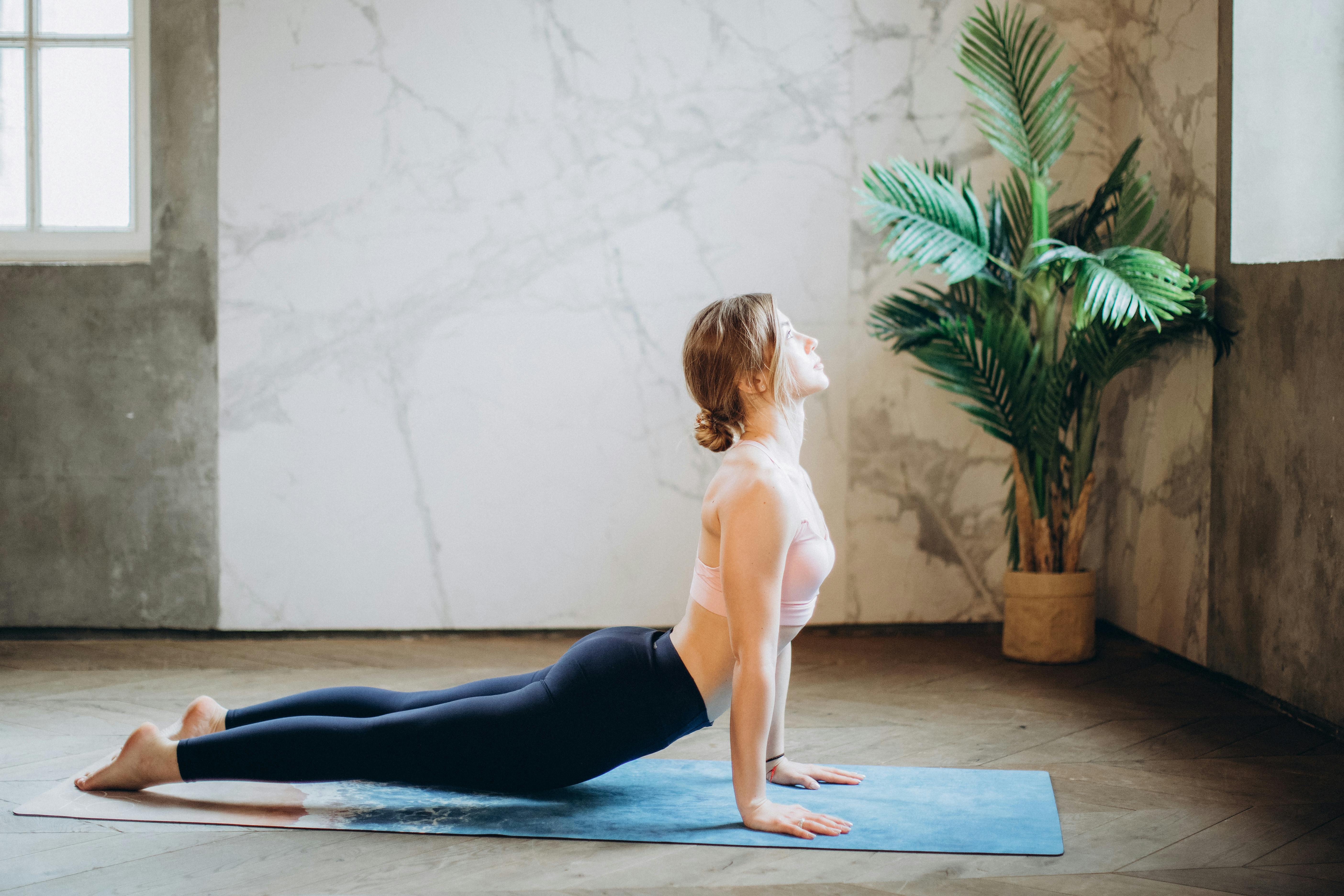
6. Calf Raises
Why It Helps:
- Calf raises are a targeted exercise that strengthens the calf muscles, which play a critical role in pumping blood back to the heart. This exercise is simple, effective, and can be done almost anywhere.
How to Do It:
- Stand with your feet shoulder-width apart.
- Slowly lift your heels, rising onto the balls of your feet.
- Hold the position for a few seconds, then lower your heels back down.
- Perform 2-3 sets of 15-20 repetitions.
Advanced Variations:
- Try single-leg calf raises to increase difficulty and engage stabilizing muscles.
- Hold dumbbells or wear a weighted vest for added resistance.
- Perform calf raises on a step or elevated surface to increase the range of motion.
When to Perform:
- Incorporate calf raises into your morning routine, during work breaks, or as part of your strength training sessions.
Non-Recommended Exercises for Vein Health
1. High-Impact Exercises
Examples:
- Sprinting
- Jumping jacks
- High-intensity plyometrics
Why They Are Not Recommended:
High-impact exercises place significant strain on the joints and veins, particularly in the lower body. The repetitive pounding can increase venous pressure, making it harder for blood to flow back to the heart. For individuals with varicose veins or deep vein thrombosis (DVT), these activities may exacerbate symptoms or cause discomfort.
Alternatives:
Opt for low-impact cardio exercises such as walking, swimming, or cycling. These activities are gentler on the veins while still promoting healthy circulation.
2. Heavy Weightlifting
Why It’s Risky:
- Heavy lifting can cause a temporary spike in venous pressure, especially in the legs and abdomen.
- Straining during weightlifting may impair blood flow, increasing the risk of vein-related issues such as varicose veins or ruptured capillaries.
How to Modify:
- Use lighter weights with higher repetitions to reduce strain on the veins.
- Focus on proper breathing techniques to avoid excessive intra-abdominal pressure.
- Include exercises like resistance band training, which provides strength benefits without the intense strain of heavy lifting.
Who Should Avoid It:
Individuals with existing vein conditions, such as varicose veins, venous insufficiency, or a history of blood clots, should avoid heavy lifting or consult a doctor before starting a strength-training program.
3. Extended Periods of Static Exercise
Examples:
- Planks held for long durations
- Wall sits
- Isometric exercises
Why They Are Not Recommended:
Static exercises involve holding a position for extended periods, which can restrict blood flow and increase pressure in the veins. Over time, this may contribute to venous pooling and discomfort in the legs.
Alternatives:
Incorporate dynamic movements, such as yoga or Pilates, which involve controlled motion and stretching.
Shorten the duration of static holds and alternate with active recovery exercises to maintain blood flow.
4. High-Intensity Interval Training (HIIT)
Why It’s Risky:
While HIIT can be effective for cardiovascular health, the rapid bursts of high-intensity exercise can lead to spikes in venous pressure. This can strain the veins, particularly in individuals with existing vein conditions.
How to Modify:
Choose moderate-intensity interval training (MIIT) instead, which provides similar benefits with less strain.
Allow for longer recovery periods between intervals to prevent overexertion.
Additional Tips for Vein Health
Maintaining healthy veins requires more than just exercise; adopting a holistic approach can significantly improve circulation and reduce the risk of vein-related issues. Here are some additional tips to keep your veins in top shape:
1. Stay Hydrated
Proper hydration is essential for maintaining optimal blood viscosity, which helps veins transport blood more efficiently. Dehydration can make the blood thicker and harder to circulate, increasing pressure on the veins. Drinking plenty of water throughout the day ensures that your blood flows smoothly, reducing strain on the vascular system and promoting overall circulation.
2. Wear Compression Stockings
Compression stockings are specially designed to apply gentle pressure to the legs, which helps veins move blood more effectively back to the heart. This is particularly helpful for individuals who spend long periods sitting or standing, as it prevents blood from pooling in the lower extremities. Wearing compression stockings during exercise, travel, or work can significantly reduce the risk of swelling and varicose veins.
3. Maintain a Healthy Diet
Eating a diet rich in antioxidants, such as berries, citrus fruits, and leafy greens, can support vein health by protecting blood vessels from damage. Foods high in fiber, like whole grains and legumes, also help prevent constipation, which can exacerbate vein problems by increasing intra-abdominal pressure.
4. Elevate Your Legs
When resting, elevate your legs above heart level to help reduce swelling and encourage better blood circulation. Elevating the legs promotes the return of blood to the upper body and relieves pressure on the veins in the lower extremities, making it an effective strategy for preventing or managing varicose veins.
5. Avoid Smoking
Smoking is a major risk factor for vein health as it damages blood vessels and reduces circulation. It causes the blood vessels to constrict, impairing the flow of oxygen and nutrients to tissues and increasing the risk of venous disorders. Quitting smoking is one of the best ways to improve vascular health and reduce the risk of developing vein-related issues.
By incorporating these simple habits into your daily routine, you can enhance circulation, prevent vein problems, and support long-term vein health.
Conclusion
Vein health is an essential component of overall wellness. Incorporating these six exercises into your daily routine can significantly improve circulation, reduce the risk of venous disorders, and enhance your quality of life. Remember, consistency is key—start with small, manageable goals and gradually build up your activity level.

